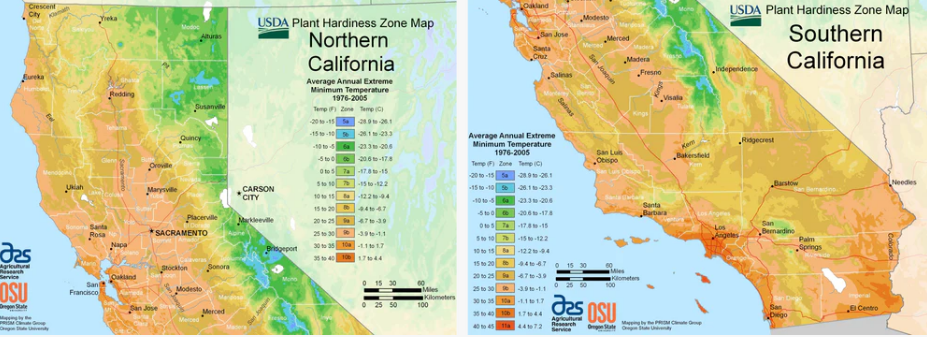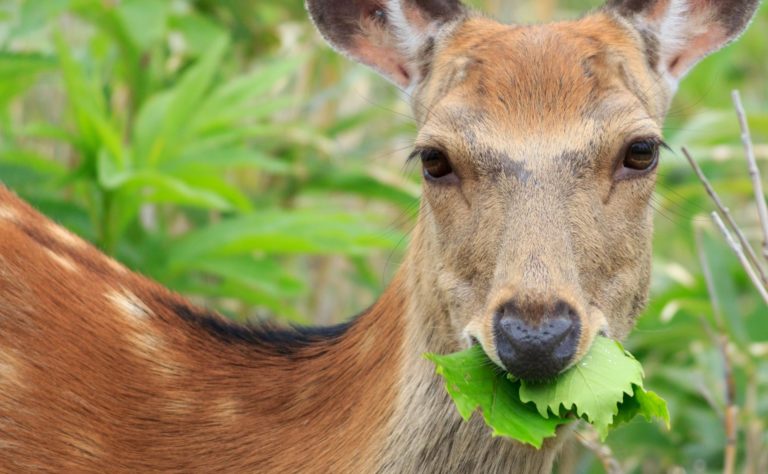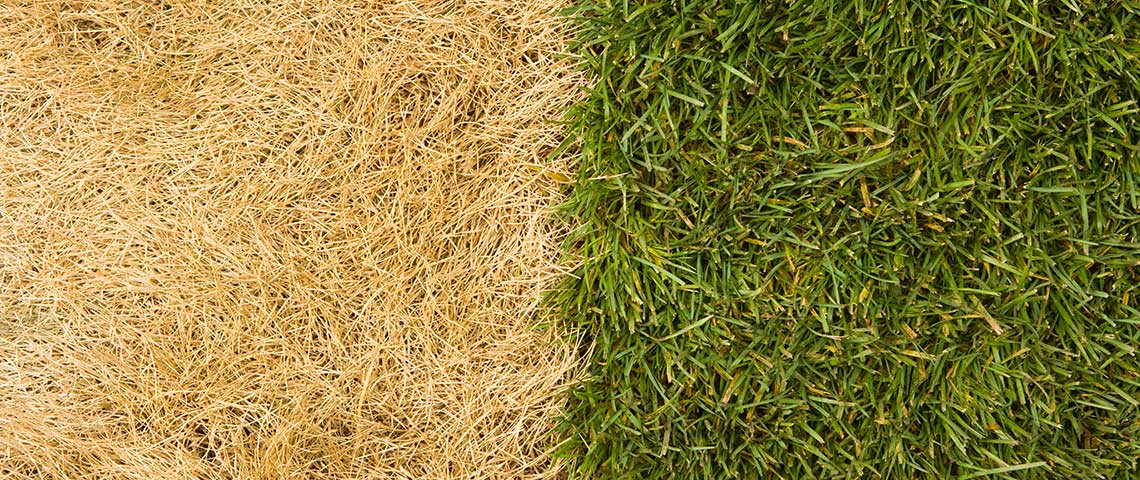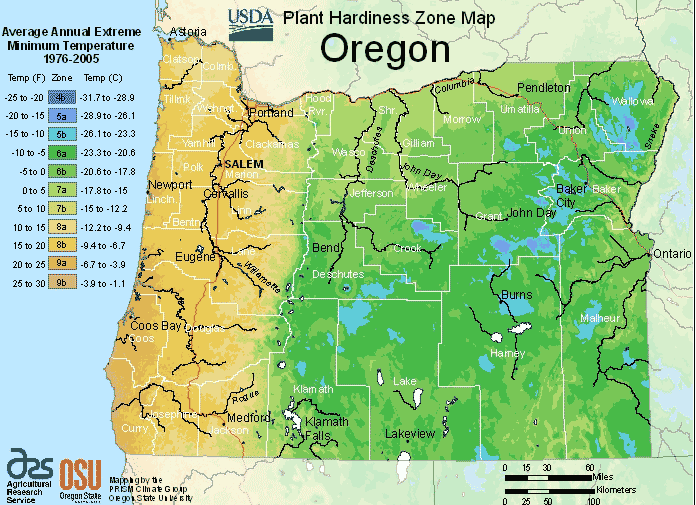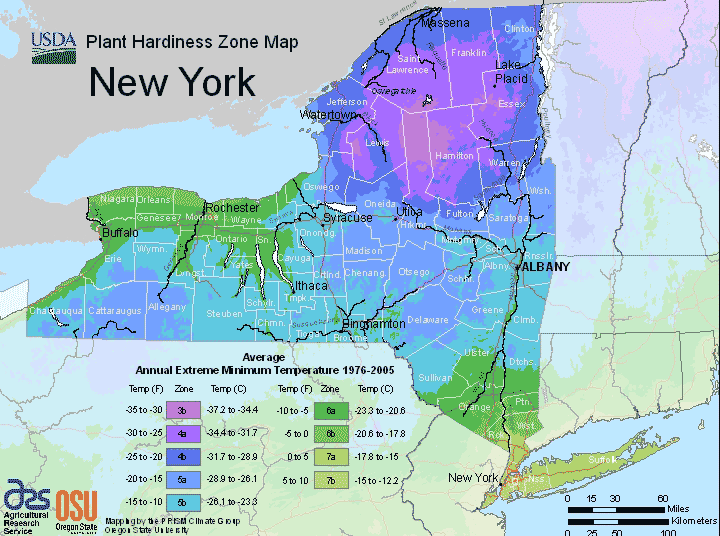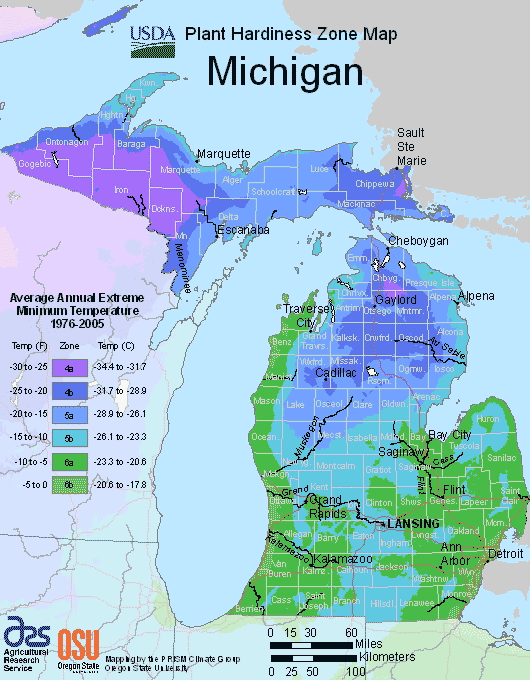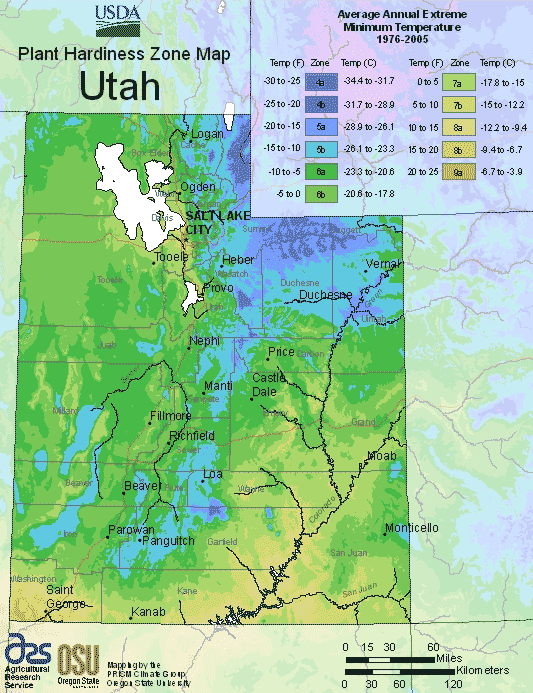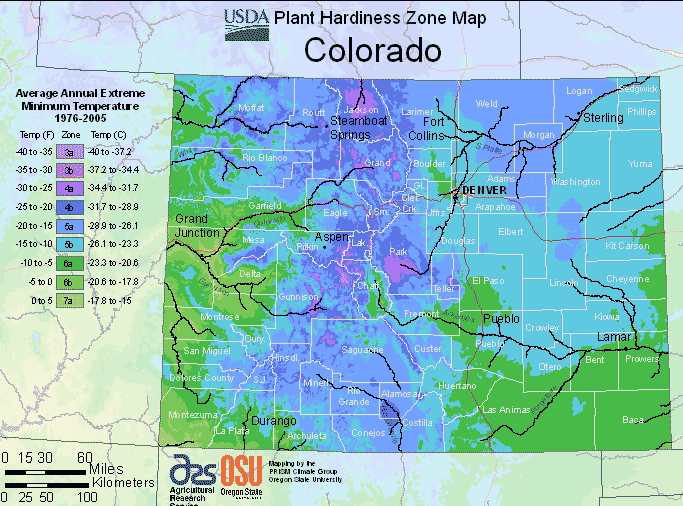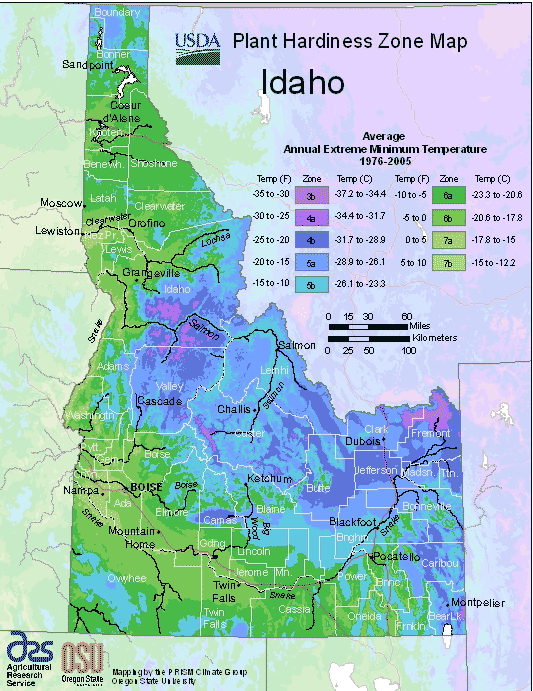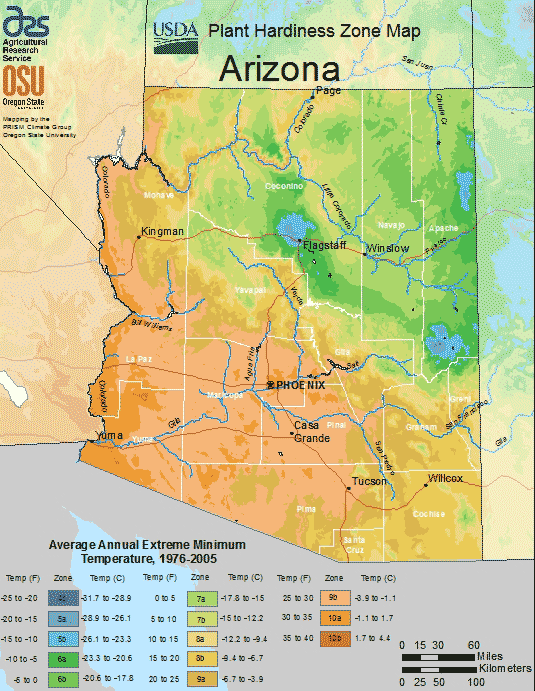California – Planting Zone Guide
Renowned as ‘The Golden State,’ California offers a sun-drenched paradise with abundant sunshine and balmy temperatures that extend graciously throughout the greater part of the year. This remarkable state is geographically partitioned into seven distinct growing zones (5, 6, 7, 8, 9, 10, 11), each marked by average minimum temperatures that span from a frosty …

